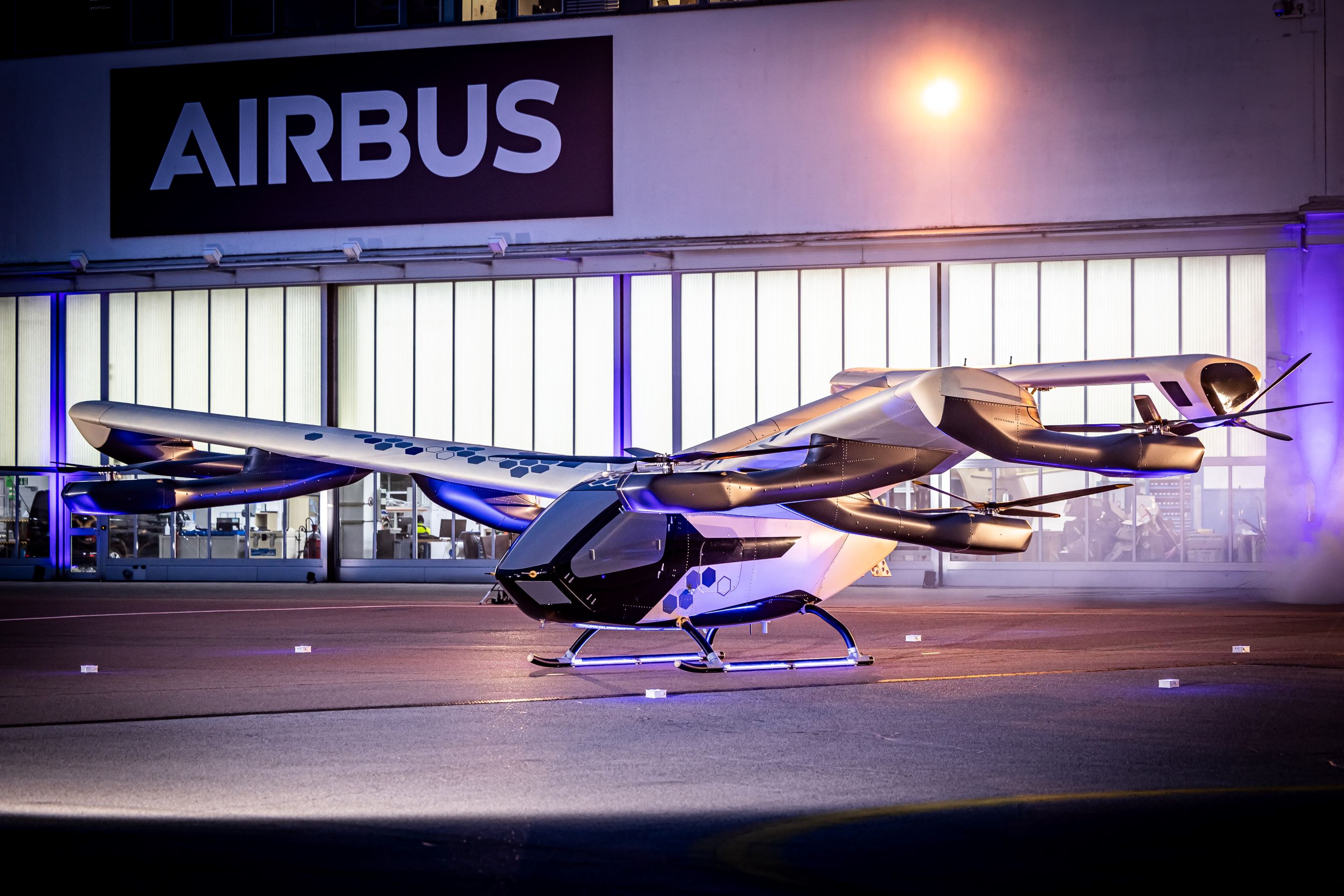Civil Drones and Air Taxis.
The number of commercially and privately operated civil drones in German airspace continues to increase. Drones are on their way to playing a role in urban transport as well. Air taxis are no longer a utopia – they are now on the verge of approval. The major challenge: safely integrating unmanned aerial vehicles into civilian airspace.
Use and Operation of Drones
Civil drones are popular in both private and commercial use. They are now affordable and, in some cases, easy to operate. In the commercial sector, there are more and more applications: monitoring power plants, maintaining technical facilities, or delivering goods and supplies to hard-to-reach areas.
The increasing number of unmanned aerial vehicles presents a significant challenge for air traffic safety. The reason for this is the improper or non-compliant operation of drones by untrained operators.
The operation of drones in both private and commercial sectors is governed by the current EU drone regulation. Which rules apply depends on the type of use, as well as the size and weight of the drone. In addition, there are national laws that, for example, restrict the operation of drones near airports or critical infrastructure. In Germany, these regulations are outlined in the Aviation Regulations. An overview of the legal framework is provided by the Luftfahrt Bundesamt [Link in German].
Air Taxis Are on the Verge of Approval
In the future, air taxis are expected to primarily transport passengers. The first models are designed to carry up to seven people over distances ranging from 35 to 300 kilometers at speeds of up to 300 km/h. Air taxis are electrically powered and can take off vertically, meaning they require little space. Initially, they will be piloted, but the goal is for them to eventually fly autonomously.
Air taxis could be used as shuttle and feeder flights to airports, as direct connections between cities (e.g., for business trips), or in medical emergency services, such as rescue missions or patient transfers between hospitals. Emergency medical personnel could also be quickly transported to their destination using air taxis.

Safe Integration into Civilian Airspace
One of the biggest challenges in unmanned aviation is integrating these aircraft into existing airspace, with safety being the top priority. Only when the safe operation of drones and air taxis of all types and sizes is ensured can they reach their full potential and gain public acceptance.
New Airspace Concept – U-Spaces
As more drones and air taxis fly simultaneously in the future, and airspace becomes more crowded or manned and unmanned air traffic overlaps, the smooth coordination of all flights must be guaranteed. To enable precise and automated maneuvering, drones require dynamic and efficient coordination. For this purpose, a new airspace concept has been developed – the so-called U-Spaces.
U-Spaces are geographical drone zones with defined boundaries in width and height. However, they are not traditional airspaces. They are more like a separate traffic system with an additional set of actors and processes. Before a U-Space is established, a comprehensive risk assessment takes place, considering various aspects such as safety, privacy, data protection, security, and environmental protection. Characteristics like minimum distances and size are individually defined for each U-Space based on needs.
Initially, U-Spaces will only be established in lower airspace, up to 300 meters in height. Although the coexistence of manned and unmanned aviation in U-Spaces is possible even in the early stages, the long-term goal is complete integration – with shared rules and fully automated and digital traffic management solutions. These solutions are currently being researched in various projects.
Feel free to contact us …
 Frank Penner
Head of Operations, Engineering and Safety
frank.penner(at)bdl.aero
+49 30 520 077-170
Frank Penner
Head of Operations, Engineering and Safety
frank.penner(at)bdl.aero
+49 30 520 077-170
 Elisabeth Schnell
Press Spokesperson
elisabeth.schnell(at)bdl.aero
+49 30 520077-116
Elisabeth Schnell
Press Spokesperson
elisabeth.schnell(at)bdl.aero
+49 30 520077-116






